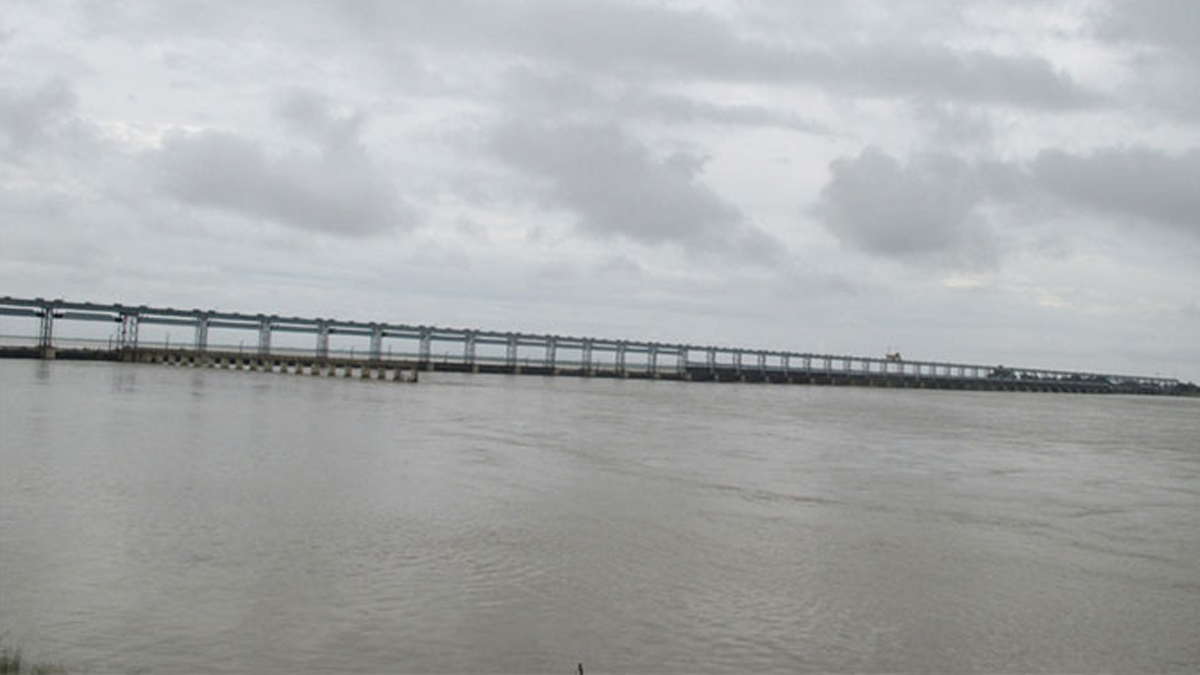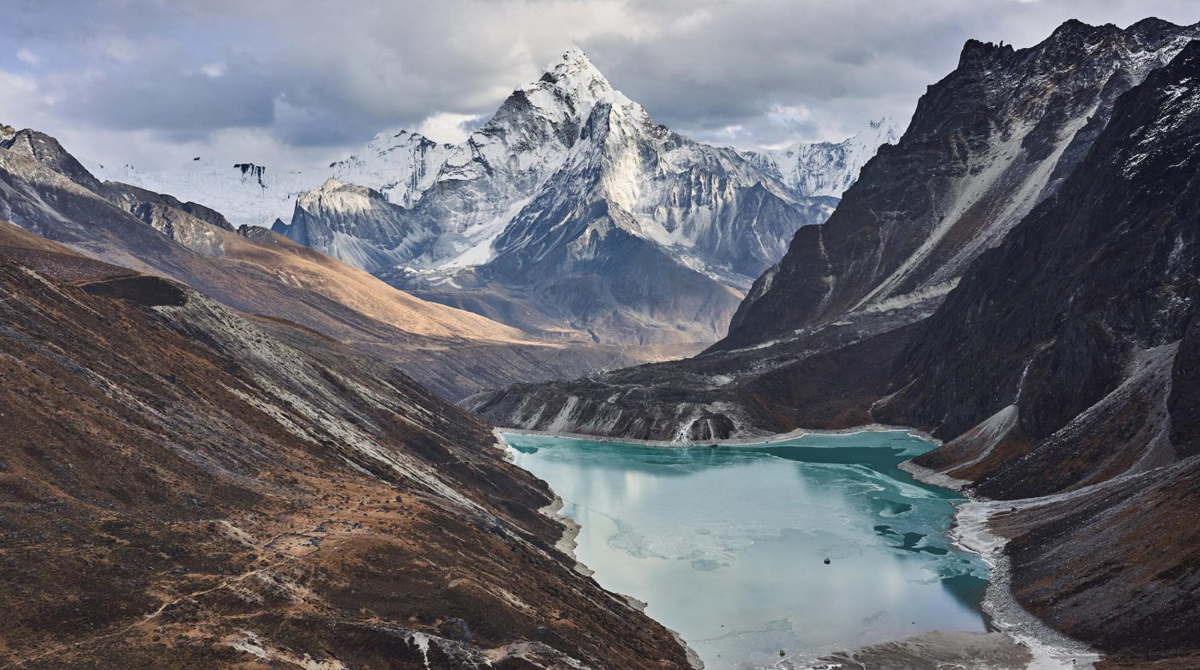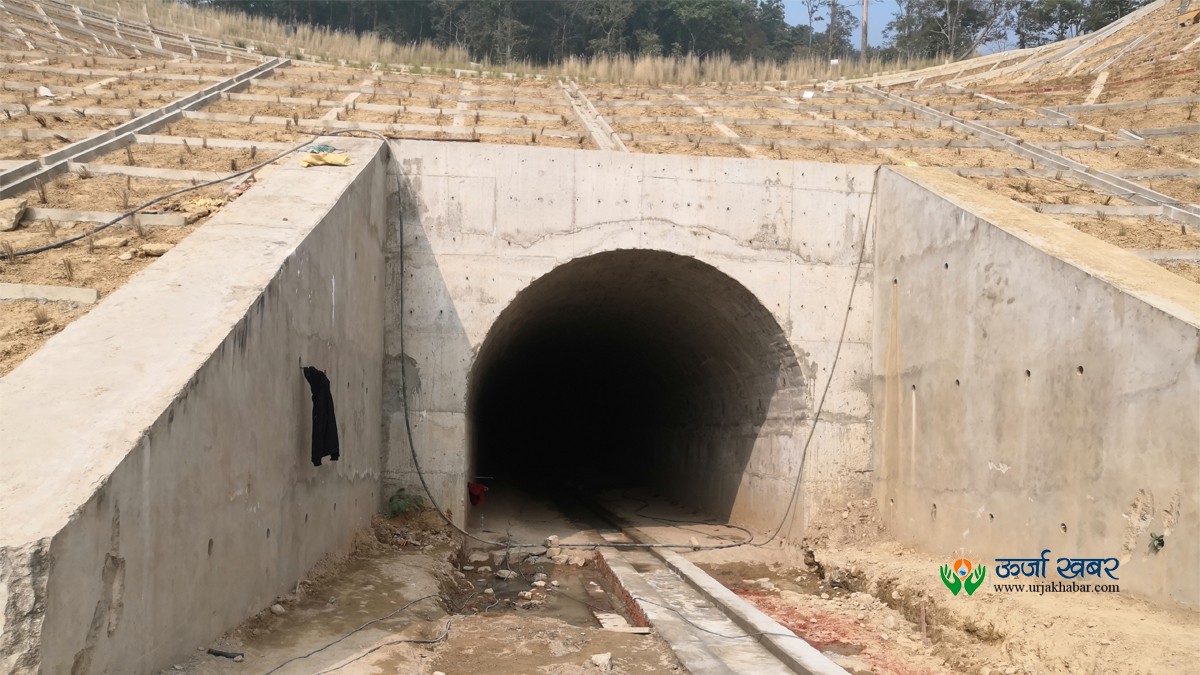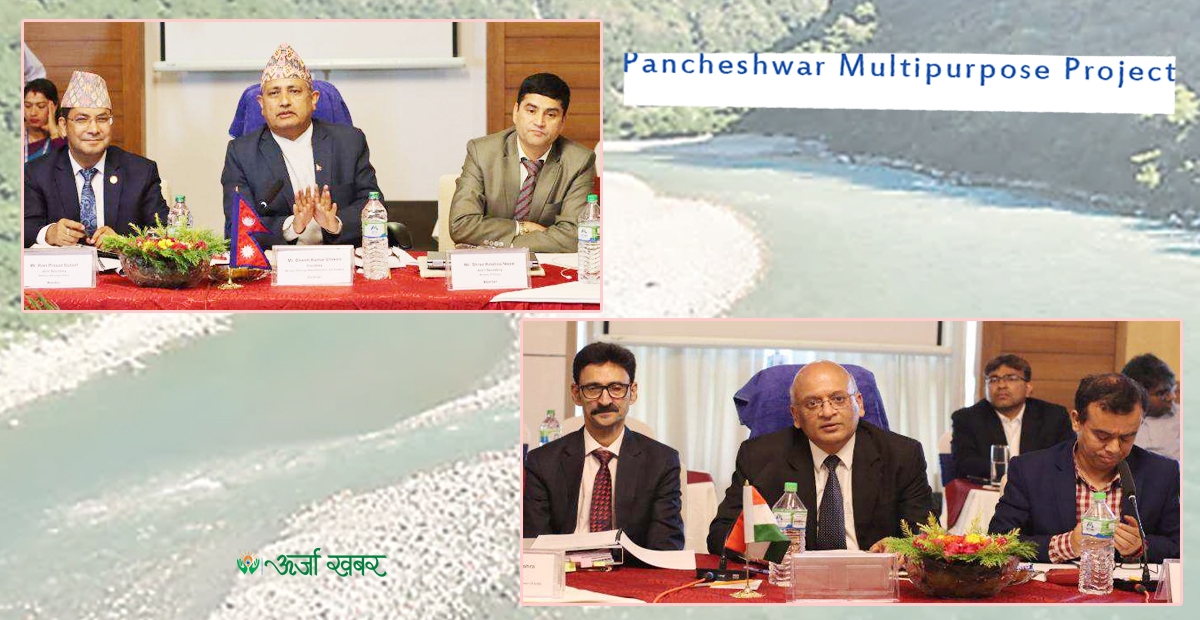Energy Update
Nepal’s Dozens of Disagreements In The JTE Meeting: ‘Not To Construct Saptakoshi High Dam By Bowing Down’

Kathmandu; The Saptakoshi High Dam Multipurpose Project, which became the subject matter of hot debate sometimes and vanished sometimes, now has reached the point of being overshadowed. The project has not been able to move forward as India is trying to work in his favor; similarly, obstruction of locals and weak diplomatic advocacy are also the major causes.
Although the preparation of Detailed Project Report (DPR) started 15 years ago, no concrete achievement has been achieved so far. Indian desire is more meaningful than Nepal’s initiative in the project. Because, it can only be significant if India wants.

India has been bargaining for his own interests for years. That is why even if there is normal work at the project site, there is no visible achievement. In the meeting of the Joint Team of Exports (JTE) formed with the objective of facilitating the completion of DPR, the Nepali side has also claimed that the project cannot move forward in this situation.
The 16th meeting of the JTE held in Delhi on 9th and 10th Shrawan (25 & 26 July, 2019) failed to find a solution to the existing problems and disputes. Nepal and India shared their views. However, no agreement could be reached to proceed with the rest of the project study.

A 13-member team led by Director General of Department of Electricity Development Madhu Prasad Bhetuwal and a 15-member team led by RK Sinha, a member of Central Water Resources Commission (River Management) of India participated in the meeting. Though the Indian side is of the view that the current work will continue, the Nepali side has handed over to the joint meeting at the level of Water Resources Secretary of the two countries.
Director General Bhetuwal said that the project cannot move forward in the current situation as it is required to work in accordance with the latest policy formulated by Nepal. “The impact on hydropower and irrigation projects under construction or being studied on the upper bank of the proposed dam should be seen,” he said to Urja Khabar, “residents of the affected areas should also get justice.”
He also said that there is a need to revise the height of the dam and to amend dozens of issues. Displaced people from the Koshi Dam, which was built decades ago, have been protesting saying that they have not received proper compensation so far.
Local Nepalis have been insisting on not allowing the construction of ‘Koshi High Dam’ under any circumstances due to being cheated and oppressed by India on Koshi Dam. It seems that there is consensus among the local political parties as well. There are complaints that the displaced did not receive full compensation until the Koshi Agreement, which was amended in 1975, turned 50 years old.
The Joint Planning Office (JPO) has not been able to carry out the targeted work due to local protests. Dozens of works including Environmental Impact Assessment (EIA), drilling, drafting, flood affected area, project benefit analysis have not been done.
JPO was established in Shrawan,2061 BS (August,2004) in Biratnagar to complete DPR in 30 months (2.5 years) time frame. So far, the deadline has been extended half a dozen times. The last extended term is also coming to an end on 14th Bhadra (31st August, 2019).
Bhetuwal has said that, In the Delhi meeting, the Indian side had proposed to extend the deadline; however, the Nepali side disagreed on this too. He said,” We have said that the JCWR meeting will decide on how to proceed with the project or which model to go.”
According to a preliminary study, the project will generate 3300 MW of electricity. But, neither country has been able to review or explore its potential. To discuss on this, Nepali and Indian technicians have not had meetings for a long time.
The JTE Delhi meeting has directed the JPO to hold a meeting of officials from both the countries by next September. No additional work has been done at the project site as the term of the contractor for drilling and environmental study has expired.
In the meeting, the Indian side had argued that the remaining work should be completed by extending the term of the contractor. The Nepali side has even given the right to decide on this to JCWR. The opinion of JPO is that local obstructions have caused problems in drilling, data collection and EIA’s work.
According to JPO, if there is no obstruction from the locals, the work of DPR will be completed within the next 40 months. At present, JPO has 9 Nepali and 5 Indian employees. The Nepali side has also disagreed with the Indian view that the work should be expedited by adding staff on both sides.
Fifteen years have passed in the name of the project study to build a dam on the Koshi River and develop it in a multi- dimensional way including irrigation along with power generation. Although the study has been started considering the aspects including hydropower, irrigation and water tourism, even 25 percent of the work has not been completed yet.
According to a preliminary study conducted by India in 1991, the project will generate 3300 MW of electricity, irrigate 4.6 million hectors land in Nepal and 7.6 million hectors in India. Similarly, the dam to be constructed on Kamala river will generate 32 MW of electricity. The Koshi Dam is envisioned to be 1.6 km north of Baraha area and to store a total of 45 billion cubic meters of water.
According to the study done by India, the height of the high dam is 338.30 meters. But, in the Koshi Basin Master Plan prepared by Japan International Cooperation Agency (JICA), the height of the dam is 308 meters.
During the visit of the then Prime Minister late Girija Prasad Koirala to India in 1991, a joint committee was formed to study and explore the technical aspects of the Saptakoshi High Dam.
Conversation
- Info. Dept. Reg. No. : 254/073/74
- Telephone : +977-1-5321303
- Email : [email protected]














